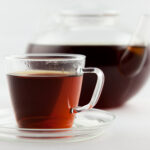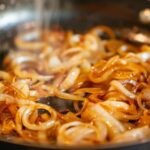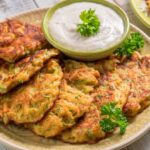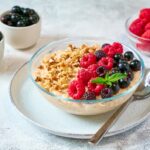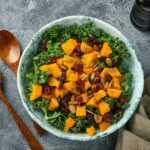In South Africa, no breakfast is complete without a cup of steaming hot tea or coffee accompanied by a delightful and crunchy treat known as rusks. These twice-baked, dry biscuits are a beloved part of the country’s culinary culture, offering a satisfying crunch and a comforting taste that pairs perfectly with warm beverages. In this article, we delve into the art of making homemade rusks, exploring the process, variations, and the joy they bring to breakfast tables across South Africa.
What are Rusks?
Rusks are essentially a type of biscuit that is baked twice to achieve a dry, crumbly texture. The dough is prepared with a combination of flour, butter, sugar, and eggs, along with other flavorings such as buttermilk, yogurt, or condensed milk. The dough is then shaped into logs, baked until golden, and cut into smaller pieces before being returned to the oven for a second round of baking. This second baking allows the rusks to dry out completely, giving them their characteristic crunch.
The Art of Making Homemade Rusks:
- Mixing and Preparing the Dough:
The process begins by combining the dry ingredients, such as flour, sugar, baking powder, and a pinch of salt. Butter is then cut into the dry mixture until it resembles coarse breadcrumbs. In a separate bowl, the wet ingredients, such as buttermilk or yogurt, eggs, and flavorings, are whisked together. The wet mixture is gradually added to the dry ingredients, creating a sticky dough that is kneaded until smooth.
- Shaping and Baking:
The dough is divided into portions and shaped into logs or rectangles on a greased baking tray. The logs are baked in a preheated oven until golden and cooked through. Once baked, they are removed from the oven and allowed to cool slightly.
- Cutting and Second Baking:
The partially cooled logs are then cut into smaller pieces, typically about 2-3 centimeters thick, using a sharp knife. These individual rusks are placed back on the baking tray and returned to the oven for a second round of baking at a lower temperature. This extended baking time ensures that the rusks dry out completely, resulting in their signature dry and crunchy texture.
Variations of Homemade Rusks:
While traditional buttermilk rusks are the most popular, there are various delightful variations to explore:
- Bran Rusks: Adding wheat bran to the dough not only enhances the nutritional value but also adds a subtle nutty flavor.
- Aniseed Rusks: The addition of aniseed seeds infuses the rusks with a distinctive licorice-like aroma and taste.
- Nut and Seed Rusks: Chopped nuts, such as almonds or pecans, and a mix of seeds like sunflower and pumpkin seeds, can be incorporated into the dough for extra texture and flavor.
- Gluten-Free Rusks: Gluten-free flour alternatives, such as almond flour or a gluten-free baking mix, can be used to cater to dietary preferences or restrictions.
Homemade rusks embody the heart and soul of South African breakfast traditions. The art of making rusks involves a labor of love, from the preparation of the dough to the careful baking and drying process. The reward is a delectable treat that offers a satisfying crunch and a burst of flavor with every bite. So, why not embark on your own rusks-making adventure and bring a taste of South Africa to your breakfast table? Enjoy the simple pleasure of dunking a homemade rusk into a warm cup of tea or coffee and experience the comforting delight that this beloved South African breakfast treat brings.

